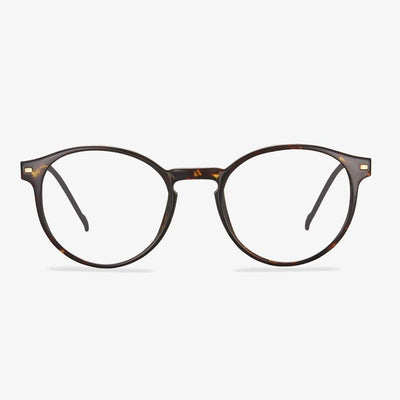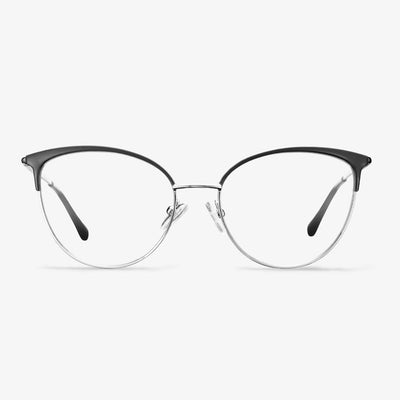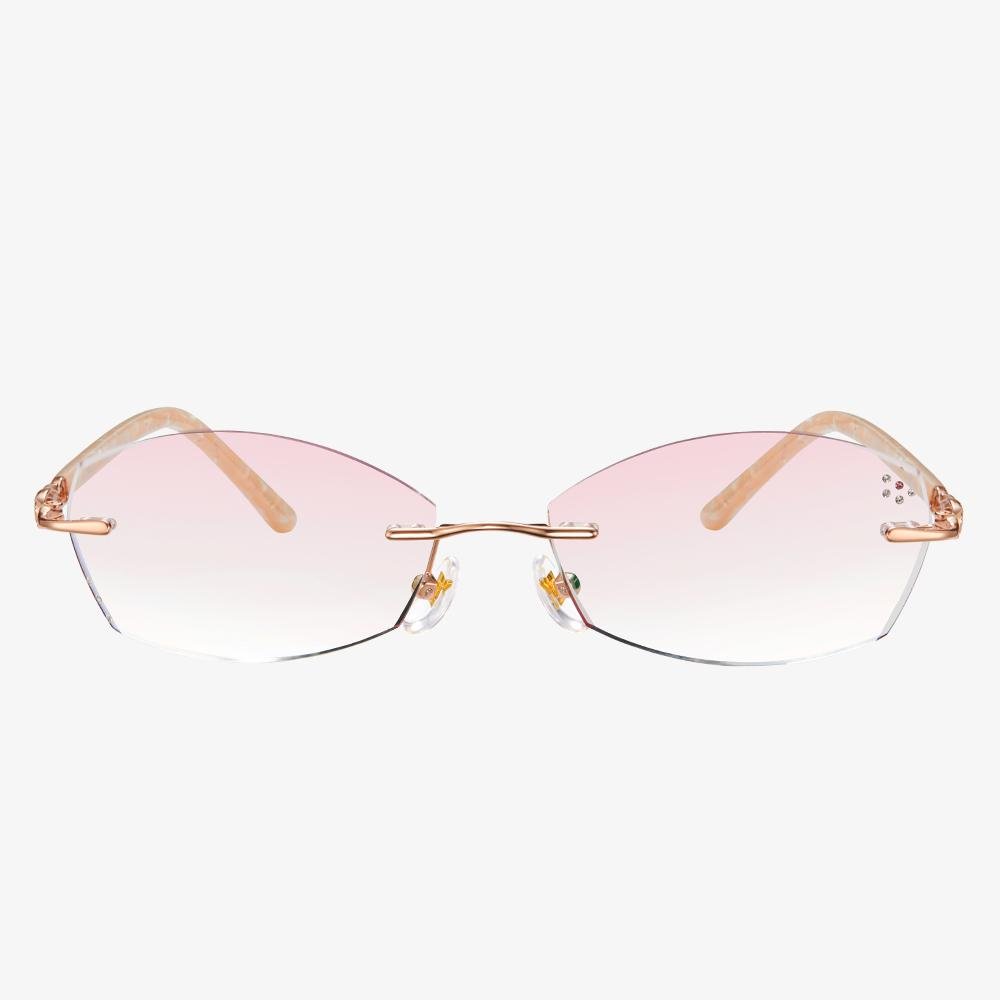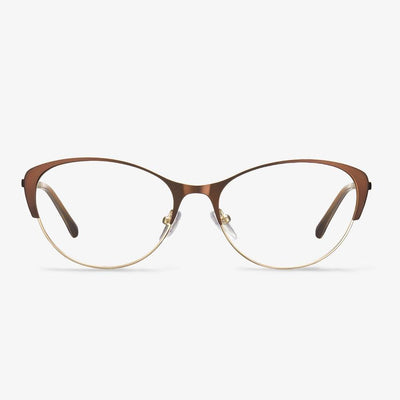What Do the Numbers on Glasses Mean?
In this section, we will show you the glasses numbers meaning. These numbers on glasses frames are the measurements that indicate and describe the size of your eyeglasses frames, specifically:
- The eye size number (it is the size of the lenses on your frame).
- The bridge size number (the distance between the lenses).
- The temple length number (it is the size of that part of your eyeglasses frame, which rests upon your ears).
The three numbers mentioned above are the key measurements that describe the glasses measurements of the frames in eyeglasses. For example, you will see three numbers like 51-17-145 at the temple of your glasses. These numbers help the optician to choose the best-fitted frame for your head size and facial features.
All of these three numbers are measured in millimeters. These variations in frame numbers are fitted by a skilled optician so that it should be best fitted, be comfortable and look good on the appearance.
Linda Multi Focus ™ Blue
Combining color and pattern, these women's reading glasses are definitely a stylish choice. The complex square frame features scratch-resistant and impact-resistant lenses with UV sun protection when worn outdoors, while a leopard print hard-shell with interior markings and a handy cleaning cloth will protect your glasses.
Reading Glasses by SCOJO New York, Original Gels Readers, Rimless Oval Glasses
They are high-end non-prescription reading glasses for women and men. They are well made and comfortable to wear. They use lightweight, ultra-durable TR-90 class plastic (a thermoplastic material that is flexible and can bend under pressure without breaking). The flexible lightweight glasses are for maximum comfort. Corrosion resistance, optical quality, there is no distortion. The acrylic lens, at any angle, has an extremely high definition.
What Should You Do If Your Glasses Are Broken?
Professional eyewear repair shops have professional repair tools. It's relatively easy to fix the bent frame by yourself. Still, there are reasons to get a professional to fix them. Your local eyewear repair shop can quickly reshape metal and plastic frames and make sure they fit. Many professional optical shops will make small adjustments free of charge. The frame is completely broken and requires special tools and skills to fix. Frames are too fragile to repair at home, and trying to do so could cause even more damage to your frames. The lenses are damaged and you may need to replace them. Make sure your prescriptions are up to date. If your prescription is not up to date, you need to schedule an eye exam before changing your lenses.
How to choose frames?
Of course, the best way is to try it on many times. The visual effect is more direct and reliable than trying on. Spend more time and you can find your own style suitable for you.
In addition, where comfort and aesthetics permit, choose the size as large as possible so that the view will be larger. However, there are some optometric parameters that limit the selection of frames. For example, if the pupil distance is very small, choose a size that is too large is not suitable. Try not to choose the product with spray paint on the surface, because durable time is shorter.
You should pay special attention to that TR, plastic steel, stainless steel, wood, β titanium glasses temple may not be adjusted. When trying on, it should be noted that the weight of the lens has not been added to the trying frame, to avoid the problem of discomfort (such as an easy slip of the frame) found after the preparation.
Who should wear blue light glasses?
Teenagers, middle-aged and old people need to wear blue light glasses. The lens of a teenager is clear, pure, and still developing. Their eyes are less resistant to blue light than adults and are more vulnerable to long-term exposure to blue light, which can promote the development of myopia. Teenagers study more nervous, are free to love to play computer games, love to watch TV programs. Blue light damage can be said to be everywhere. As a result, teenagers are among the biggest victims of blue light. Macular degeneration is a common disease in the elderly, usually occurring after the age of 45, and the incidence increases with age. Blue light can accelerate the progression of macular degeneration, especially in patients following cataract surgery. Blue-blocking glasses are still the best preventative measure.
The Disadvantages of Trifocal Glasses
Here, we will show you the disadvantages of trifocal glasses. If you wear the trifocal glasses for the first time, you may spend some time getting used to them. Adjusting to wearing trifocal glasses can take some time. The different fields of vision can make them disorienting at first, but over time you will get used to wearing them and your eyes will naturally move to the prescription they need for the task at hand. You may be interested in this post: How Long Does It Take to Get Used to New Glasses?











































